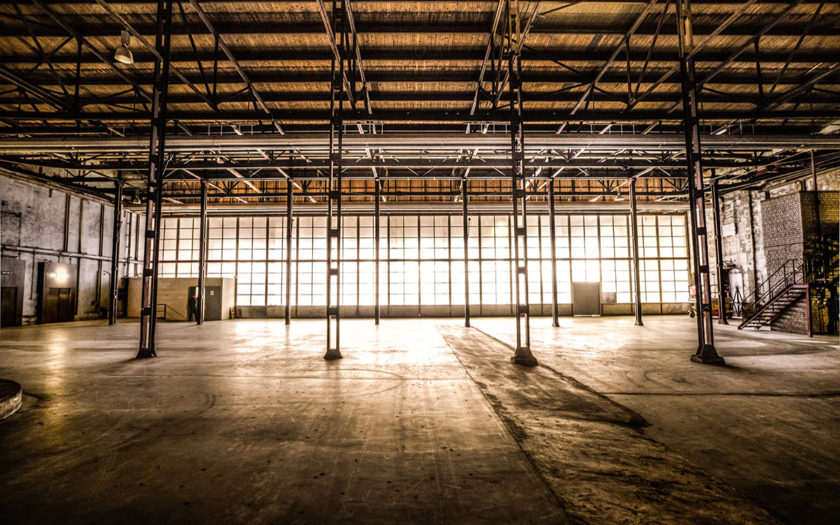Electronic dance music has been the most inclusive genre since the early house music days in New York and Chicago. This makes it a natural choice for the progressive millennial.
Sanctified like and old lady in church/ We get happy/ We stomp our feet/ We clap our hands/ We shout/ We cry/ We dance/ And we say/ Sweet Lord, speak to me/ Speak to me, speak to me, speak to me/ Because we love house music/ And on this night it brings us together/ Like a family reunion every week/ We eat/ We drink/ We laugh/ We play/ We stink/ So for all you hip hoppers/ You do woppers/ Name droppers/ You pill poppers/ Come into our house/ To get deep…
— Roland Clark “I Get Deep” (2000)
Unlike rock and roll or hip hop, EDM has a history of progressively including everyone.
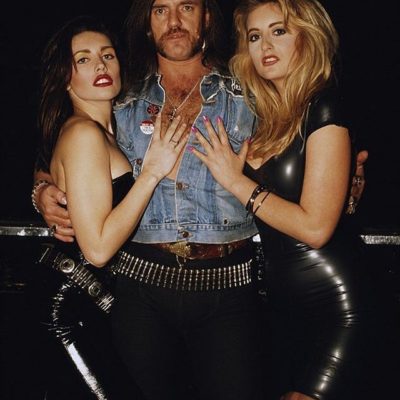
Motörhead Lead Singer Lemmy Kilmister flanked by two groupies.
Rock ruled the Sixties and Seventies, eventually evolving into alternative music and indie. But the genre also has a sexist side in which women are objectified on album covers and treated like groupies at live shows. Today it is still difficult for women to be taken seriously in rock. It is also the preferred musical genre of white nationalists and far right conservatives, along with country.
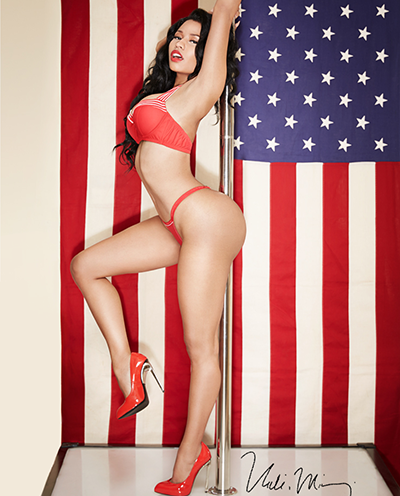
Nicki Minaj poses with a stripper pole.
Hip hop is “notoriously” sexist and has been since the discovery that you can drop popular songs about booty such as “Baby Got Back” by Sir Mix-a-Lot. Females are referred to as hoes or bitches in everyday speech. The theme about never trusting a woman is still prominent in rap music today. Females grow up hearing on the radio that the best job they could ever get is stripper/music video dancer. Meanwhile everyone is accusing everyone else of cultural appropriation.
Disco music was trendy somewhere in between the peaks of rock and hip hop. But it favored a culture of exclusivity, such as Studio 54 where the elite mingled together to dance and do copious amounts of cocaine. If you did not fit into the stereotypical notion of what a patron should be you were not allowed inside. It was a trap where they could never get beyond the next door.
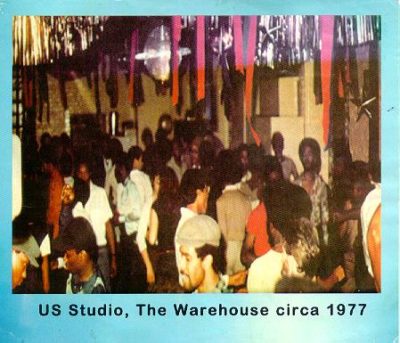
Around this time the beginning of house music were gathering in New York and Chicago. One of the first such clubs was the Warehouse in 1970s Chicago. At the time most nightclubs were segregated, but at this place Africans, Latinos, Caucasians and gays a danced on the same floor together. It was about enjoying the music not fitting into a certain niche or being rich and famous. People started asking for “warehouse music” at local record stores, which was eventually shortened to just “house music.”
Frankie Knuckles, the Godfather of House Music and early Warehouse resident DJ, once said, “It was hip to act gay and hang out at gay clubs, but not actually be gay. You figure that one out!”
Knuckles’ contemporary DJ Craig Cannon recalled, “My fondest memory is the mixed crowd. Racially, ethnically, sexually. That was the best thing. I hit on all the straight guys, unbeknownst to me.”
Like all good musical genres house music and electronica came from the oppression of minorities. During the 70’s gay discos were ironically segregated by race. Hundreds of thousands of Africans and Latinos lived in impoverished neighborhoods. And to top it off everyone had to be approved by an elitist bouncer to go to the discotheque. It was only a matter of time before it all colluded into a massive dance party.

Scene from Sir Mix-a-lot’s “Baby Got Back” music video.
Even after hip hop took hold of pop music in the late 80s, the spirit of house spread to Europe where it turned into 90’s dance music like Chemical Brothers or Daft Punk. And then there was drum and bass and dubstep. Like a disease the genre travelled back across the ocean and infected millions of Americans. Then everyone realized it was easier to just say EDM and here we are today.
Popular culture and music is still dominated by hip hop, rap and R&B, such as Kanye West, Beyonce and Jay-Z, Rihanna or Drake. But the force of EDM has picked up momentum. Rave culture is more popular than ever. Festival fanatics will spend the majority of their income on tickets and slutty raver costumes. Then they post the resulting images on their EDM themed social media accounts.
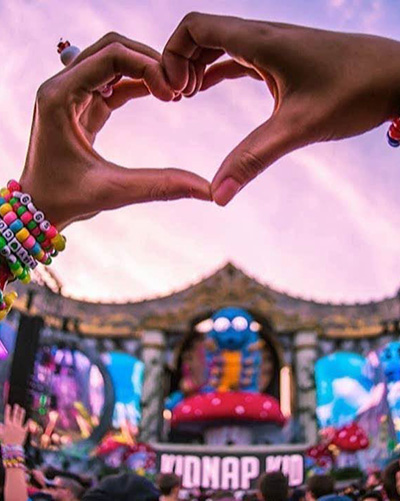
Throwing up heart hands at an EDM festival.
Meanwhile everyone that hears EDM instantly turns into a DJ like some horror movie about a plaque of cannibalistic zombies. Anyone who takes the notion can produce a beat on their home computer or even a smartphone. There is more music being released than ever before, but there is also more bad music. And there are more people faking it by buying followers and Photoshopping pictures.
As the lines become less distinct it is important to remember the true meaning of electronic dance music. It is not about how many followers you have, who said what on social media, or wearing revealing outfits in public. It’s about people coming together in unity to celebrate good music.

